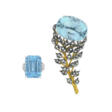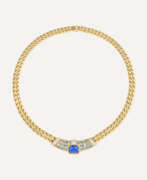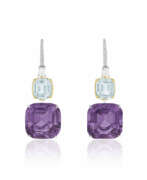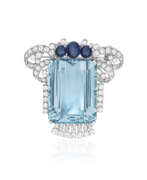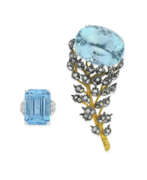Aquamarine
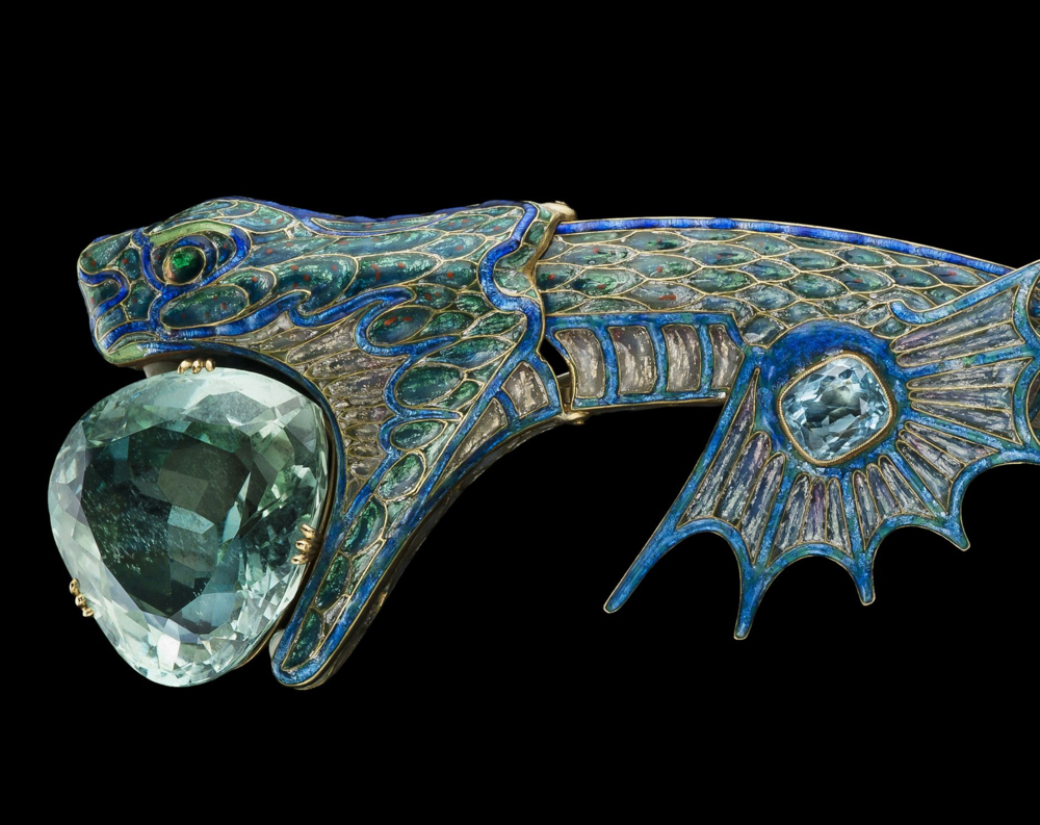
Aquamarine
Aquamarine has a rich history as a material in art and jewelry, prized for its captivating blue hues reminiscent of the sea. This gemstone, a variety of the mineral beryl, has been cherished for its beauty and symbolic meanings across various cultures.
The use of aquamarine dates back to ancient times. The Greeks and Romans valued it not only for its aesthetic appeal but also for its supposed protective qualities. Roman sailors believed aquamarine could calm the sea and keep them safe during voyages. Additionally, ancient Greeks used aquamarine to carve intaglios, intricate designs inscribed into the stone, which were popular decorative items.
Aquamarine saw significant popularity during the Art Deco era of the 1920s and 1930s. Its clean lines and serene color made it a favorite among jewelry designers of the period. This era celebrated the gemstone in various forms, from bold, geometrically shaped rings to elaborate necklaces. Renowned jewelers like Tiffany & Co. and Van Cleef & Arpels created stunning pieces featuring aquamarine, some of which are now exhibited in museums and prestigious collections worldwide.
In modern times, aquamarine continues to be a beloved gemstone in fine art and jewelry. Its soothing color and clarity make it a preferred choice for both contemporary and vintage-inspired designs. Significant pieces, such as the Dom Pedro aquamarine, highlight the stone's enduring allure and its capacity to be shaped into impressive works of art.
For collectors and experts in art and antiques, aquamarine represents a blend of historical significance and timeless beauty. Sign up for updates on new aquamarine pieces and auction events to stay informed about the latest additions to the market.
| Country: | Africa, America, Asia, Europe |
|---|---|
| Start of the period: | XVI century BC |







